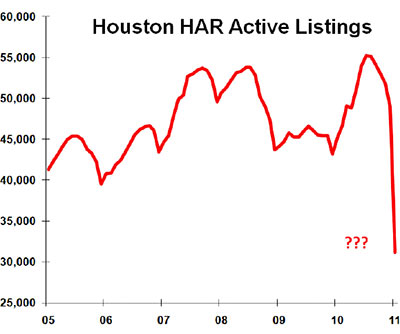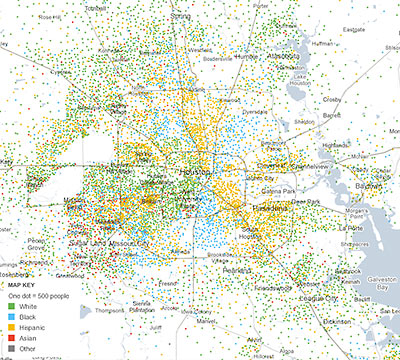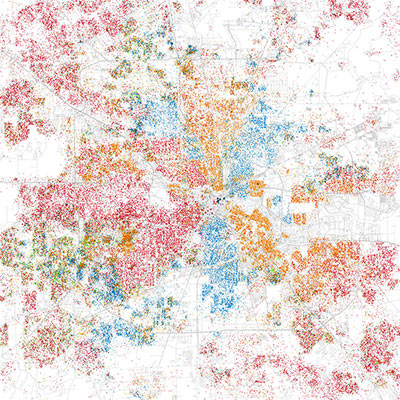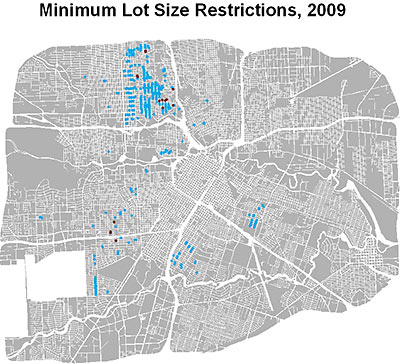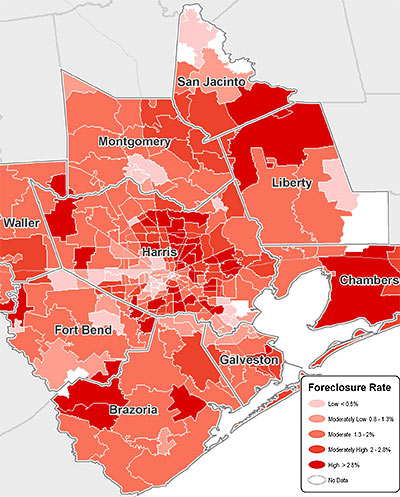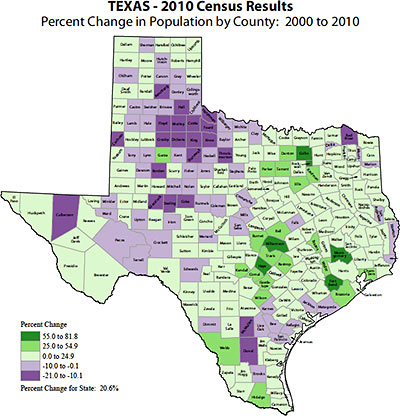
Houston’s population grew by just 145,820 over the last 10 years and now stands at 2,099,451, according to the U.S. Census Bureau, which released some Texas data from the 2010 Census today. The City of Houston’s 7.5 percent population growth rate was lower than the double-digit rates achieved by San Antonio, Austin, and Fort Worth, but still ranks ahead of the city of Dallas, whose numbers barely budged. (From 1990 to 2000, Houston’s population increased by 19.7 percent.) It’s a slightly different story for the surrounding areas: Harris County is still the most populous county in the state by far, growing 20.3 percent since the last census, to 4,092,459. But nearby Fort Bend, Montgomery, Waller, Brazoria, and Chambers counties all grew faster. Fort Bend County’s 65.1 percent growth rate over the last 10 years ranks it as the second-fastest-growing of the largest 20 counties in the state (Williamson County, north of Austin, is filling up faster by only a few percentage points.)


